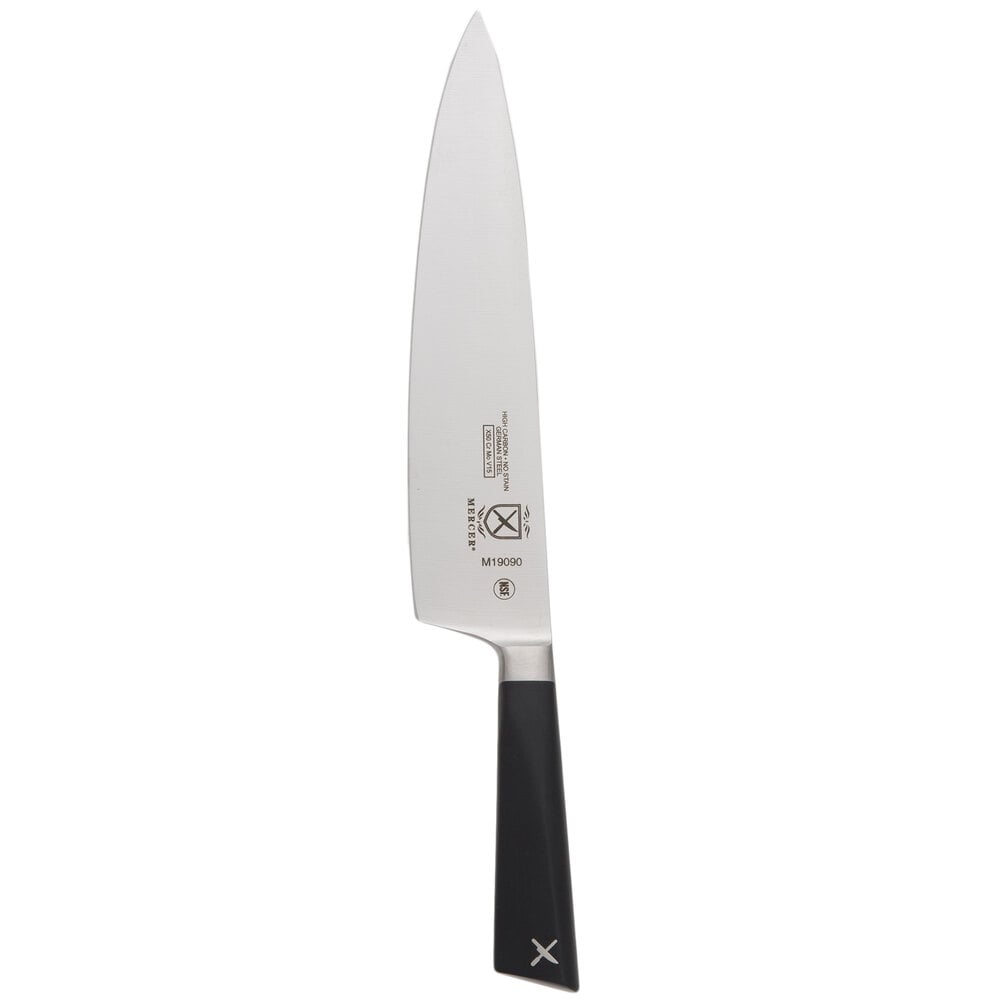Hey chris - incredible results for a second knife (i should wish to do that well!). Regarding comments on design (and i suspect i will ruffle some feathers, and maybe initiate some comments like ”you ate a newbee - what do you know) i completely get your comment on blade profile being a personal preference thing. I have not been a professional cook ... but i have been the only person in my house dong the cooking for more than 40 years, and i definitely have my preferences for knife design, based on function, that runs counter to the “popular” shapes for various knives (dont even get me going on “high end” european knife styles, unless you want to hear a rant). I personally would not want to use so highly curved a knife, but i can certainly imagine prep techniques where that shape would be preferred. Regarding the handle (which is beautiful), personally, the shape and angle would not bother me in the least: mostly i use a full-up pinch grip, with the rest of my fingers resting lightly on the sides of the handle - there would never be an issue with my knuckles getting pinched between the handle and board (and if you need some special angle on the handle to impart more force, somethng is seriously wrong either with blade, what you are trying to cut, or technique (cutting/slicing/prepping food should be mostly an effortless thing - if you are exerting significant force, that is when things get dangerous). With great respect to the craftsmanship and experience of others who have critiqued the design, i would nevertheless encourage you continue to tweak your designs for your personal needs - they are after all for you, not someone else, right?
(Aside - i have several knives in process that after reading this i strongly suspect will raise objections: a modified “chinese cleaver, a modified nakiri (both of which, by intent, vary from the “standard” design), and a “paring” knife that might have people screaming, but they all vary in their own way for reasons. They may succeed in practical use for me, my family, and friends, they might not .... but it is surely worth a try?









